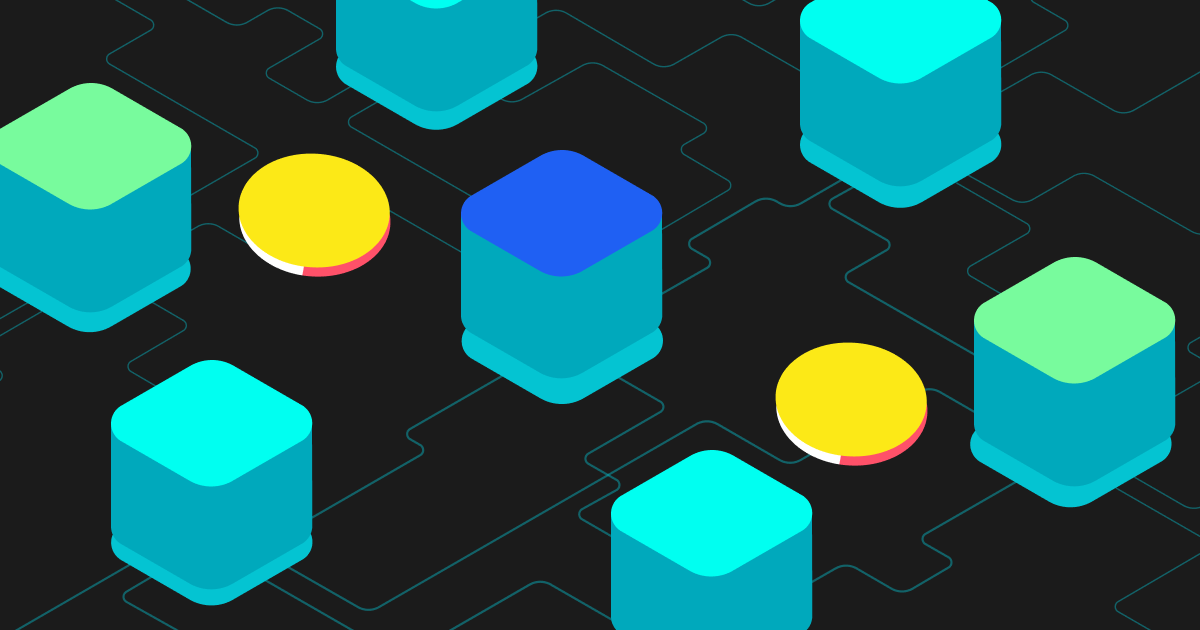Blockchain

Understanding the Layers of Blockchain
Beginner
2022-08-30 | 5m
Simply put, blockchain layers aim to significantly quicken transaction speeds and slash costs. In this article, we won't delve into the complex mathematics behind them but will focus on e xplaining concepts like zero-knowledge proof and rollups, showcasing how they optimize transaction rates and reduce costs.
Blockchain layers explained
When discussing blockchain, "layer 1" often comes up. It might sound complicated, but it's quite straightforward—it's essentially a standalone blockchain.
Ethereum and
Bitcoin are the two best-known examples.
Imagine blockchain technology like a layered cake, with each layer building upon the previous one. The foundational layer, layer 0, isn’t a blockchain itself but consists of network protocols, internet protocols, and other fundamental elements like miners and nodes.
Layer 1 blockchains, like Ethereum and Bitcoin, are independent and don’t rely on any other blockchain. In contrast, layer 2 blockchains, such as Arbitrum or St arkNet, depend on their parent blockchains to function.
Due to their rapid adoption, enhancing the scalability of the Ethereum blockchain is urgently needed to manage increasing costs and congestion. To address these challenges, developers are exploring layer 3 networks, designed for specific functions. Currently, Avalanche and StarkWare are at the forefront of developing layer 3 solutions.
What are roll-ups?
Rollups are a type of Layer 2 scaling solution for blockchains like Ethereum. They work by bundling (rolling up) multiple transactions together and carrying out all the computation elsewhere, reducing the number of transactions processed on the main chain. One such bundle of transactions is regarded as a single transaction by the main chain. This drastically increases the network’s throughput (currently around 15 transactions per second for Ethereum Mainnet) and cuts gas fees to only a fraction of the original.
Ethereum, by design, does not inherently offer privacy, which is why additional solutions, or roll-ups, are developed to provide enhanced privacy. Roll-ups, including optimistic and zk-roll-ups, are essentially extensions to Ethereum, augmenting its capabilities, not competing with it.
Consider Ethereum as prime real estate, like Paris’s Champs-Elysées or New York’s Times Square, where showcasing products makes sense, but manufacturing them doesn’t due to high costs. Similarly, layer 2 solutions and roll-ups utilize the “prime real estate” of Ethereum to display proofs of system integrity, while the processing of transactions is relegated to less “expensive” locations.
What is a zk-proof?
Zk-rollups, short for zero-knowledge rollups, are rollup solutions that leverage zero-knowledge proof to roll up transactions and execute all the computation off-chain. Zk-rollups have made great progress in both security and flexibility. The validity of all transactions can be proved without revealing any information about them, ensuring privacy and security for all participants. Since all the computation is carried out off-chain, zk-rollups can also support complex smart contracts and other computation-demanding advanced features. This makes them ideal for decentralized exchanges and other DeFi applications. Currently, major players in the zk-rollup space include
Polygon, Loopring, and ZkSync.
Conclusion
In summary, blockchain layers, including layer 1s like Ethereum and Bitcoin and layer 2s like Arbitrum, are instrumental in optimizing transaction speeds and reducing costs in blockchain networks. Zero-knowledge proofs ensure the integrity of transactions without compromising their details, and roll-ups, as extensions to Ethereum, offer added privacy and scalability.
Simply
create an account
, and start exploring the incredible Bitget-Verse today!
All products and projects listed in this lesson are not endorsements and are provided for informational purposes only. It is for educational purposes only and is not intended as investment advice. Qualified professionals should be consulted prior to making financial decisions.
Share

How to buy BTCBitget lists BTC – Buy or sell BTC quickly on Bitget!
Trade nowWe offer all of your favorite coins!
Buy, hold, and sell popular cryptocurrencies such as BTC, ETH, SOL, DOGE, SHIB, PEPE, the list goes on. Register and trade to receive a 6200 USDT new user gift package!
Trade now